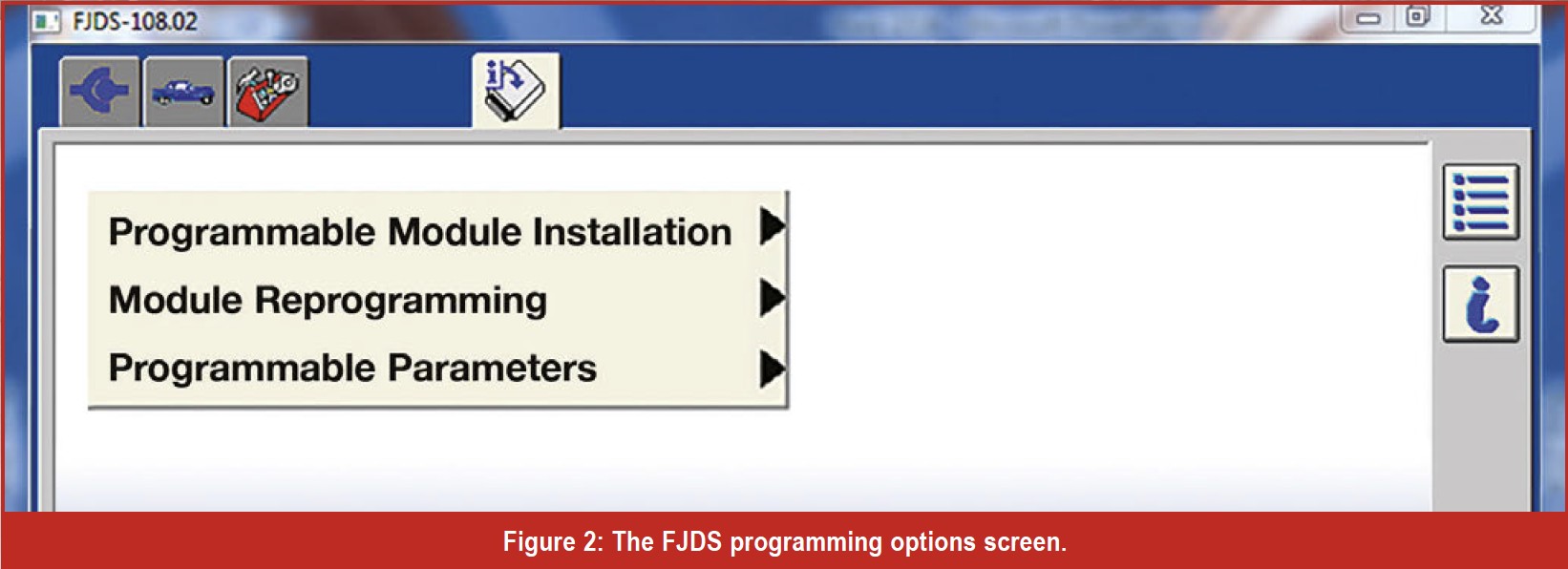Ford vehicles, known for their prevalence and relatively low programming costs, offer ample opportunities for technicians. Choosing the right software is crucial for successful diagnostics and programming. This article delves into the key differences between Ford’s two primary software options: FDRS (Ford Diagnosis and Repair System) and FJDS (Ford J2534 Diagnostic Software). Understanding their distinct functionalities and subscription models will help you make informed decisions for your automotive repair needs.
IDS, FDRS, and FJDS: A Breakdown of Ford’s Software Suite
Ford’s diagnostic and programming landscape encompasses three primary software options: IDS (Integrated Diagnostic System), FDRS, and FJDS.
-
IDS: The legacy factory scan tool and programming platform for Ford vehicles up to the 2017 model year. IDS requires an OE Ford interface.
-
FDRS: The current factory scan tool and programming platform for newer Ford models (2018 and later). FDRS offers greater flexibility, functioning with both an OE Ford interface and compatible J2534 devices. This software provides comprehensive diagnostic capabilities and module programming.
-
FJDS: The J2534 compliant version of Ford’s programming software, offering extensive coverage dating back to 1996 models. FJDS allows programming and some scan tool functions for 2018 and newer vehicles using a compatible J2534 interface or an OE Ford interface. This provides a more affordable option for independent repair shops.
Choosing the Right Software: FDRS vs. FJDS
The critical distinction between FDRS and FJDS lies in their intended use and access to functionalities. While FDRS provides complete diagnostic and programming capabilities, FJDS focuses primarily on programming and offers limited diagnostic functionality.
FDRS, as the comprehensive solution, is ideal for dealerships and professional repair shops requiring full access to Ford’s diagnostic resources. Its compatibility with both OE and J2534 interfaces offers flexibility.
FJDS, designed for J2534 pass-thru devices, caters to independent technicians and smaller repair shops. While providing extensive programming capabilities, including module reprogramming, programmable parameter adjustments, and PMI (Programmable Module Installation), its diagnostic functions are limited compared to FDRS.
Subscription Options and Cost Considerations
Ford offers tiered subscription options for its software, allowing users to choose the duration that best suits their needs. Typically, subscriptions are available in 2-day, 30-day, and 365-day increments.
Pricing for IDS/FDRS and FJDS/FDRS bundles varies. The IDS/FDRS bundle tends to be more expensive due to the inclusion of full diagnostic capabilities. Choosing between these options depends on your budget, the frequency of Ford repairs, and the required functionalities.
Utilizing As-Built Data for Module Programming
In situations where the original module is unavailable or non-communicative, accessing Ford’s “As-Built” data is crucial. This hexadecimal data represents the module’s factory configuration. Retrieving this information from Ford’s service website (www.motorcraftservice.com) and manually entering it into the software allows for proper module configuration when necessary. This functionality is available in both FDRS and FJDS.
Addressing Anti-Theft (PATS) Functions
Both FDRS and FJDS enable performing essential anti-theft (PATS) functions, often required during module replacements. Understanding procedures for timed PATS access and, for newer vehicles, obtaining locksmith identification (LSID) from www.nastf.org to become a registered Vehicle Security Professional (VSP) is crucial for legally completing certain repairs.
Conclusion: Making the Informed Choice
Selecting between FDRS and FJDS hinges on your specific requirements and budget. FDRS provides comprehensive diagnostic and programming functionality, making it the ideal choice for full-service repair facilities. FJDS, with its focus on programming and J2534 compatibility, offers a cost-effective solution for independent technicians primarily performing module programming. By understanding these key differences, you can equip yourself with the appropriate software to effectively service Ford vehicles.

